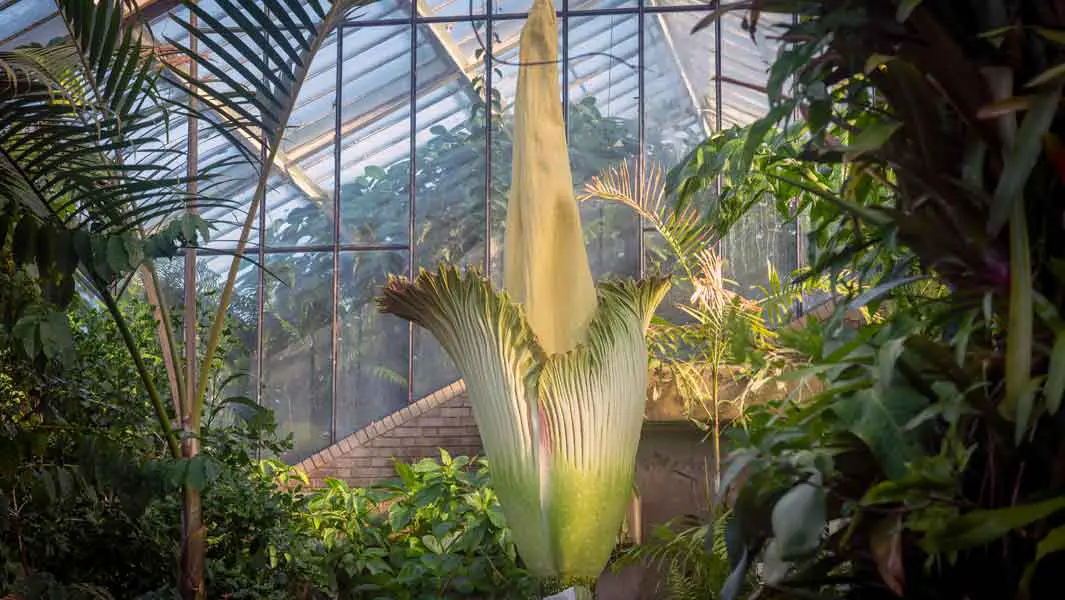


When it comes to nature records, it is typically never-before-documented species discovered in the depths of the jungle or ocean that steal the limelight…
But sometimes even record-setting flora and fauna might have been lying under our noses for hundreds of years, hidden in plain sight.
Such is the case with Victoria boliviana, the first new species of giant waterlily to be confirmed in more than 100 years.
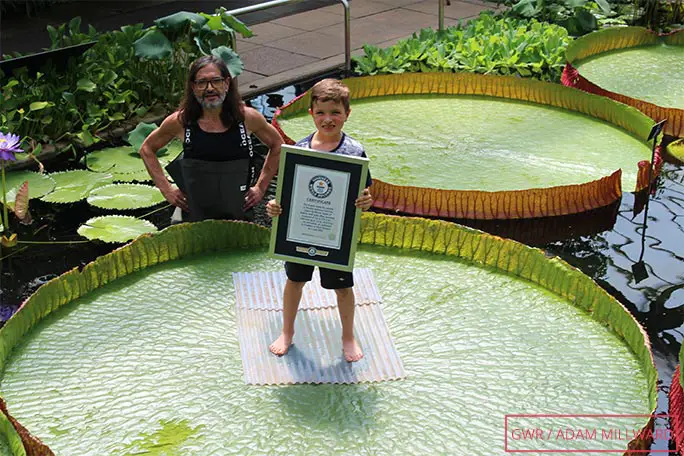
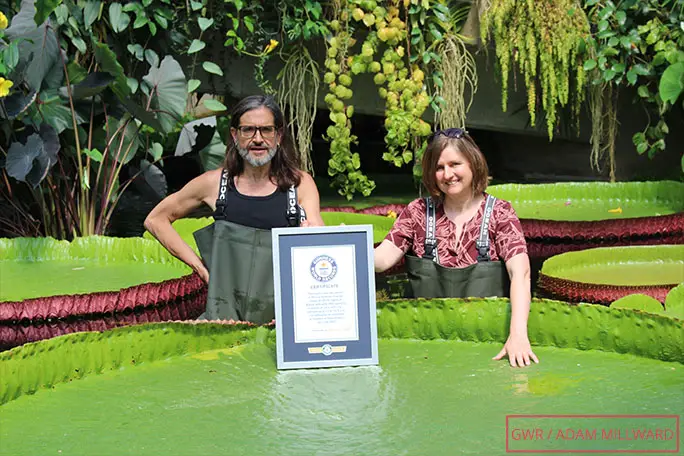
Samples of this extraordinary aquatic plant had been within the national herbarium of Bolivia for several decades – and part of the collection at Royal Botanic Gardens, Kew, for almost two centuries! – before its true nature was revealed.
As their name suggests, giant waterlilies have always been known to be of a superlative scale among their kind. Native to wetlands in South America, these mega-plants are marvels of the natural world with their vast strutted floating leaves and formidable spiky flowerheads that bloom only for a couple of days.
This family of giants also has a complex taxonomic history. When first documented by European botanists in the 1820s, they were classified as Euryale amazonica by the German naturalist Eduard Friedrich Poeppig. In 1837, British botanist John Lindley proposed a genus name of Victoria, likening the plants’ majesty to that of Britain’s then monarch. An amalgamation of both led to the species name Victoria amazonica – which until recently was deemed king of the waterlilies.
Of course, indigenous peoples of South America knew about these plants long before anyone from Europe showed up. Giant waterlilies were a source of food (the seeds a substitute for maize), medicine and even hair dye. They have their own local names including “auapé-yaponna”, a nod to the auapé (Jacana jacana) bird, often seen darting across their vast pads.
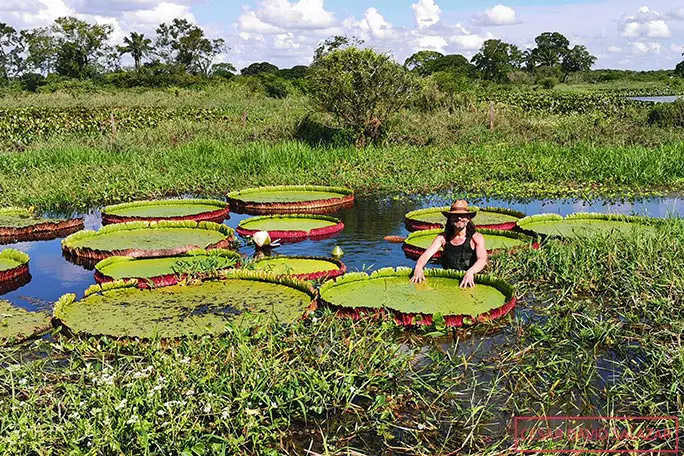
As it transpires, what had been considered the biggest waterlily of them all was a case of mistaken identity all along. It is, in fact, V. boliviana that takes the crown as the planet’s largest waterlily species.
It's not unheard of for its huge disc-shaped pads to grow up to 3 m (9 ft 10 in) wide – the equivalent of about two snooker cues – in its native wetlands of El Beni in north-east Bolivia.
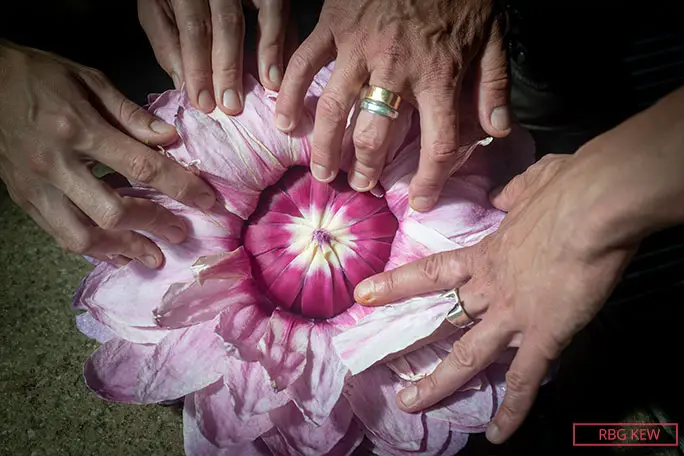
When fully open, its flowers (which only bloom one at a time) can span up to 36 cm (1 ft 2 in) wide – about the same as a car’s steering wheel.
By comparison, the leaves of the other two known members of the Victoria group, V. amazonica and V. cruziana, are estimated to grow to 2.3 m (7 ft 6.5 in) and 2.4 m (7 ft 10.5 in), respectively. Hardly puny by any stretch of the imagination, but nevertheless some way short of their exclusively Bolivian relative.
The comprehensive reassessment of the giant waterlily family was published in the journal Frontiers in Plant Science in July 2022.

Kew Gardens’ Carlos Magdalena, who is one of the world’s foremost experts on waterlilies and who instigated the recent study, had long suspected there were more species of giant waterlily out there than the two that were officially recognized. “It was clear to me that this plant did not quite fit the description of either of the known Victoria species and therefore it had to be a third,” Magdalena explained.
“For almost two decades, I have been scrutinizing every single picture of wild Victoria waterlilies over the internet, a luxury that a botanist from the 18th, 19th and most of the 20th century didn’t have.”
I have seen some seriously big plants on Google Earth, but measuring pads this way is not accurate, although you can get a better scale of the size of the whole plant. There are definitely some whopper waterlilies in the wild – Carlos Magdalena, Kew Gardens
Giant waterlilies have been one of the star attractions at Royal Botanic Gardens, Kew since the institution opened its doors to the public in the 19th century.
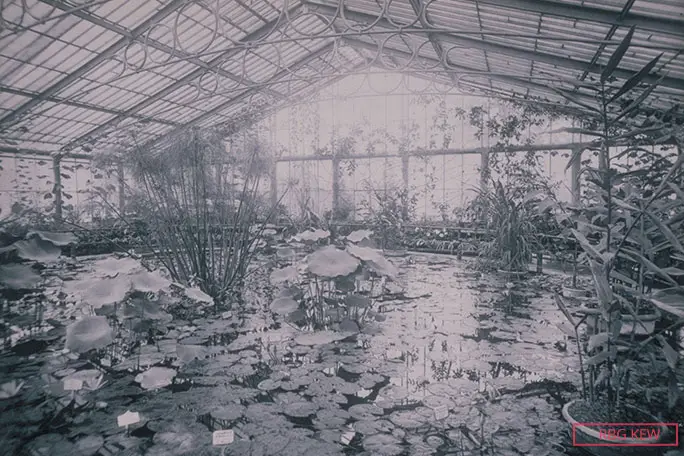
The 1852-built Waterlily House – then the largest single-span glasshouse in the world – was designed to show off these exotic behemoths. Crowds flocked to see them, much as they still do today.
Now housed in a pond within Kew’s Princess of Wales Conservatory, these giants sit alongside the world’s smallest waterlily species. The thermal waterlily (Nymphaea thermarum), endemic to a single hot spring in Rwanda, has pads that span as little as 1 cm (0.3 in) across – a staggering 300 times smaller than their supersized South American cousins!
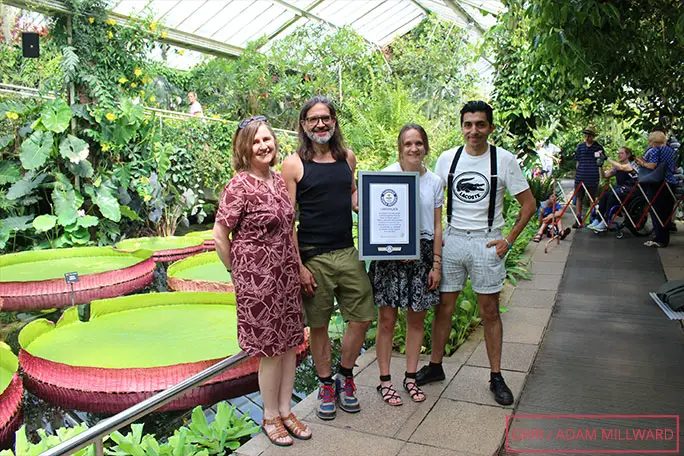
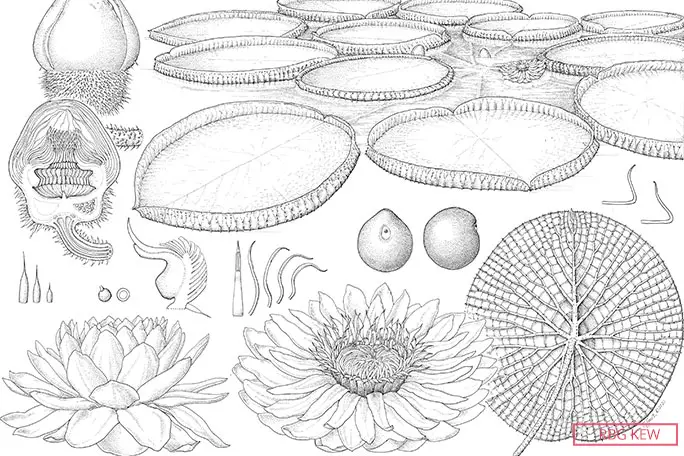
Following his instincts that there was a missing link in the Victoria family tree, Magdalena reached out to fellow horticulturalists in Bolivia at La Rinconada ecopark and Santa Cruz de la Sierra Botanic Garden. In 2016, seeds from what was thought to be a likely candidate for a novel species were sent to Kew in a bid to decode the botanical puzzle.
As Magdalena cultivated the plants, along with colleagues at Kew he closely examined the anatomy of the waterlilies and their seeds. It didn’t take long to ascertain that these lilies were indeed unique. Several features set them apart including a distinct arrangement of prickles on the bud-protecting sepals. Genetic testing at the molecular level confirmed beyond doubt this was a separate species.
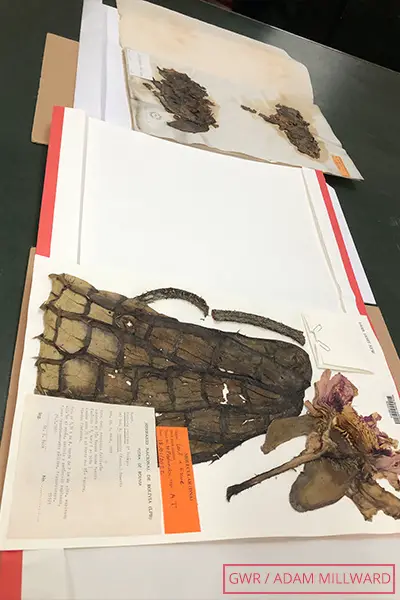
Asked how V. boliviana’s true identity could have been overlooked for so long, Magdalena explained: “It grows over a vast area. Historically, most transport within inland Latin America occurred by river boat, which means that often a naturalist would encounter only one species.
“Further than that, this species is tricky to collect. Nowadays, we have better transport and techniques, but back in the day, specimens were often lost to rot.
"An alternative was preserving in spirit. The specimens are very large, and from the leaves, only a small bit of the pad would be taken. Colours and shapes of the rims do not preserve well, seeds were often missed and flowers shrink and deform.”
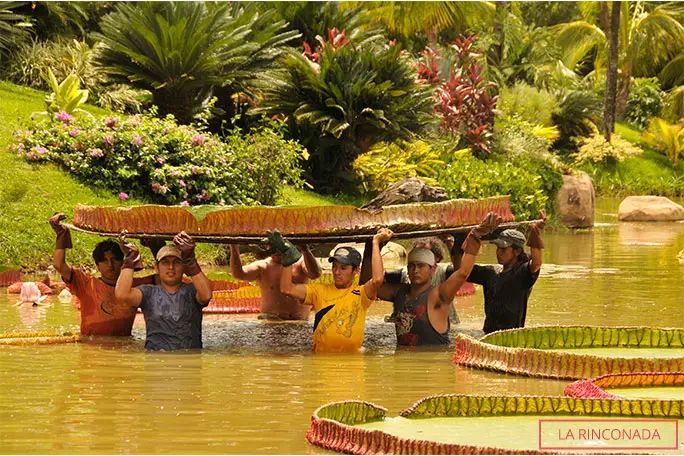
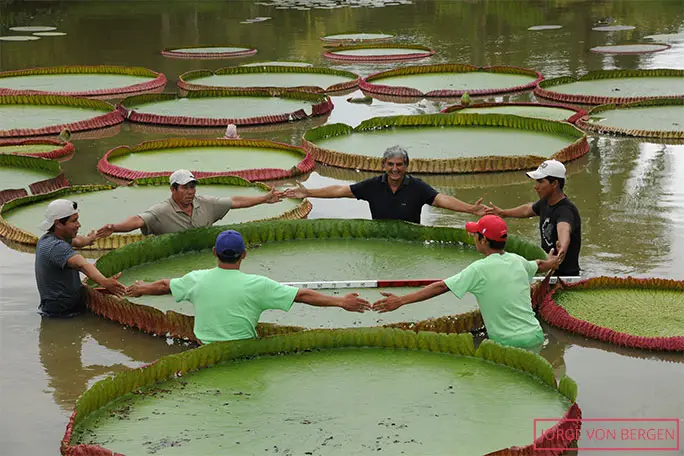
On receiving an official GWR certificate for the largest waterlily species on behalf of his country on 30 January 2023, Bolivia's Charge d'Affaires to the UK, Juan Carlos Crespo Montalvo, said: "The recent scientific discovery of the new species of giant waterlily in Bolivian territory and baptized as Victoria boliviana is a finding of great joy and hope for all peoples. Nature continues to surprise us with new discoveries.
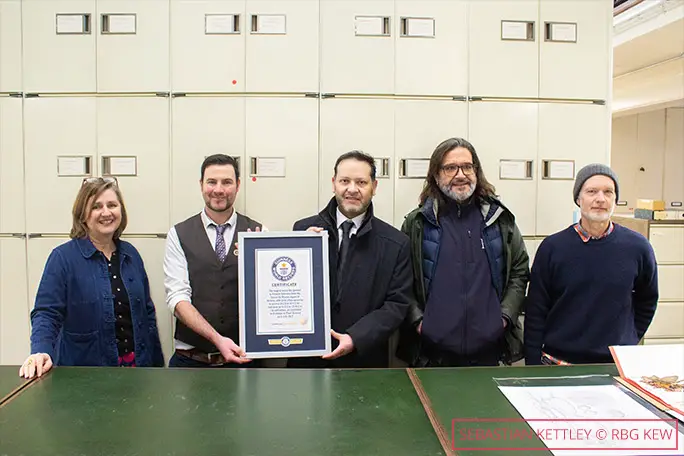
"Bolivia is a state that respects Mother Nature and we are attentive to continue strengthening ties of friendship, research and cooperation."
But that wasn’t the end of the record-breaking journey for this newly recognized aquatic plant. In the course of digging into its past, it became apparent that in 2012, an exceptionally large V. boliviana lily pad was grown at La Rinconada gardens in Santa Cruz de la Sierra, Bolivia.
The prodigious pad had an off-the-charts diameter of 3.2 m (10 ft 6 in), increasing to 3.37 m (11 ft) if the upturned edge was flattened. It had an approximate surface area of 7.55 m2 (81.3 sq ft), about the same as two king-size beds.
This made it not just the largest waterlily leaf on record, but also the largest undivided leaf of any plant ever documented.
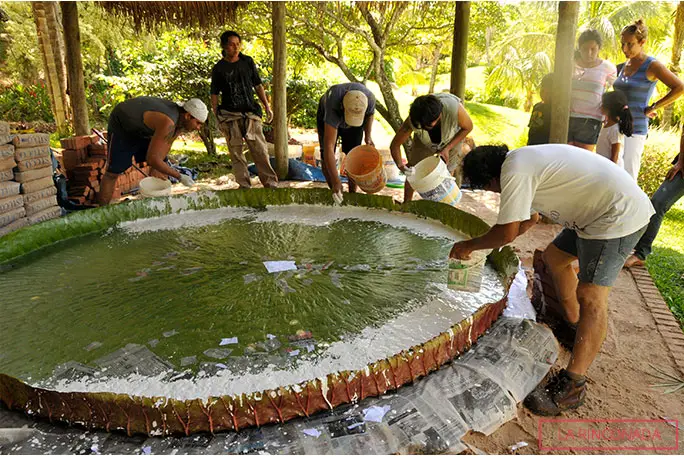
La Rinconada were so proud of their extraordinary lily pad that, before it could perish, they collected it and cast it in plaster and painted it in its natural colours to preserve it forever. To this day, visitors to the park can see this phenomenal foliage.
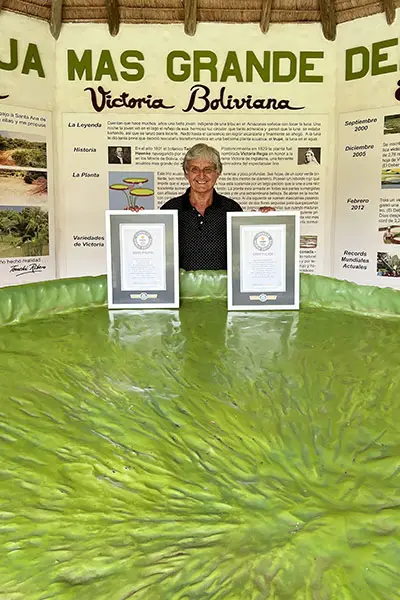
Like Carlos Magdalena at Kew, Gaston Ribero (aka Tonchi) – the owner of La Rinconada – had also long harboured a suspicion they had an unrecognized marvellous monster in their midst:
“We always thought that our Victoria plants were special and different and we called them ‘La Rinconada Victorias’. V. amazonica and the Longwood hybrid have leaves with red borders, while the V. cruziana has leaves with green borders."
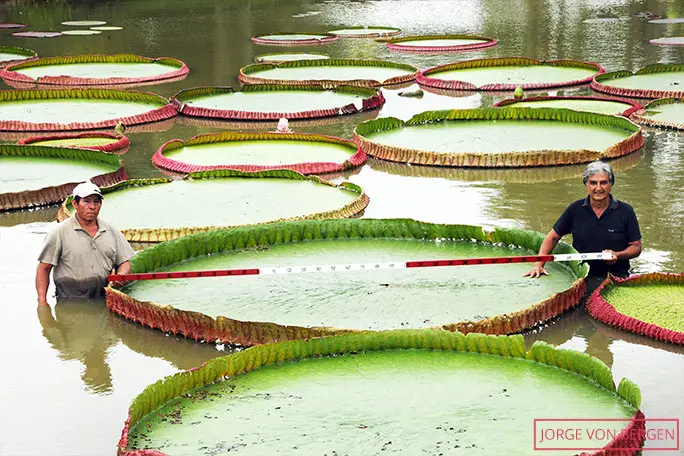
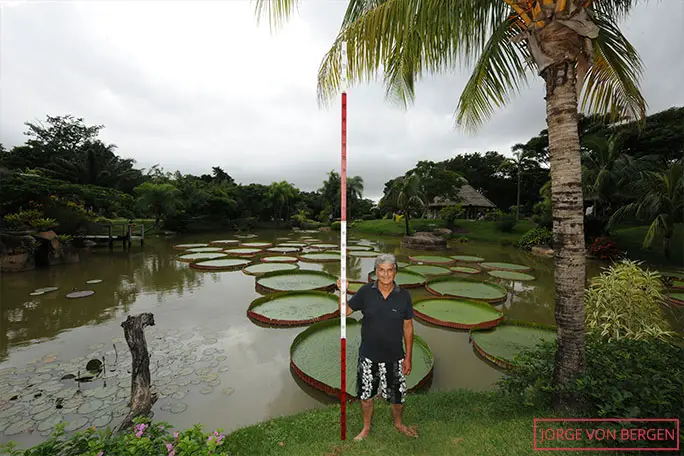
“However, our La Rinconada Victorias produce pads with both red and green borders, mixed together in the pond, making it a more incredible and colourful spectacle.”
Tonchi also has some ideas as to why La Rinconada provided the optimum conditions for this lily to reach record-breaking proportions in 2011/12:
“We think it’s a combination of factors. Firstly, it was a warmer-than-usual season with lots of rain; secondly, the hundreds of koi fish that inhabit our pond produce lots of organic waste.
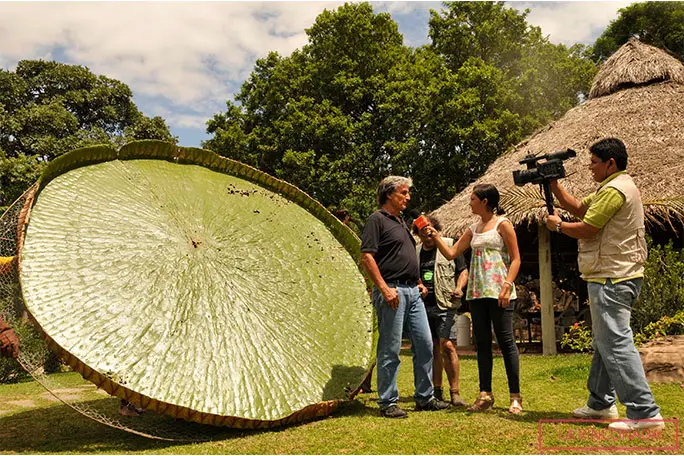
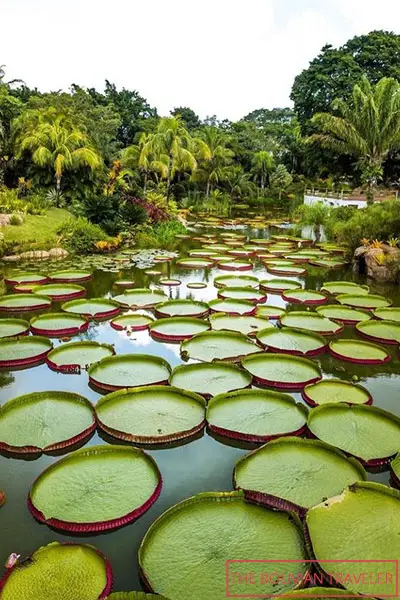
“Last but not least, all the love and care we gave them made the ideal conditions to help the Victorias grow to their incredible size!”
I think it is very possible that La Rinconada could have even larger Victoria leaves in the future” – Gaston “Tonchi” Ribero, La Rinconada owner
Guinness World Records Managing Editor, Adam Millward, said: “Giants of nature never fail to capture our audience’s imagination – and who would have thought that a plant as big as Victoria boliviana could have gone under the radar for so long, despite being part of several collections?
“Thanks to the tireless research efforts of the horticulturalists and scientists at Kew, in collaboration with others in Bolivia, shining a light on this botanical mystery, we can finally give this wondrous waterlily the much-deserved recognition it has long gone without.
“And many congratulations to La Rinconada on growing the largest undivided leaf back in 2012. Whatever their secret is, their passion and knowledge for giant waterlilies clearly know no bounds!”
Want more? Follow us across our social media channels to stay up-to-date with all things Guinness World Records! You can find us on Facebook, Twitter, Instagram, TikTok, LinkedIn, and Snapchat Discover– including our in-depth Curious Casebook series.
Don’t forget, we’re also on YouTube!
Still not had enough? Follow the link here to buy our latest book, filled to the brim with stories about our amazing record breakers.